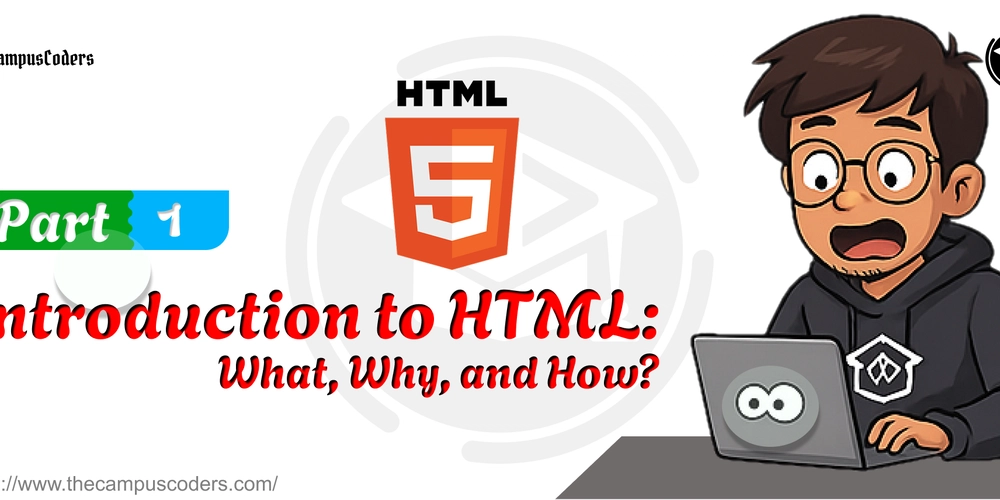5 vocabulary strategies powered by technology
In my work with middle school students, I’ve seen how critical that period of development is to students’ future success. One area of focus in a middle schooler’s development is vocabulary acquisition.


Key points:
- Tech tools can create more engaging and effective learning experiences
- A critical shift in digital instruction in 2025
- How multimedia and interactive tech transform engagement
- For more news on digital tools, visit eSN’s Digital Learning hub
In 2010, I began my teaching career as a high school English teacher. After seven years in the classroom teaching middle and high school students, I transitioned into instructional technology, where I currently serve as a digital integration specialist for South Carolina’s Anderson School District Five. In this role, I strive to empower, celebrate, and inspire the middle school teachers and students I support by providing high-quality learning opportunities powered by innovative integration of technology.
In my work with middle school students, I’ve seen how critical that period of development is to students’ future success. One area of focus in a middle schooler’s development is vocabulary acquisition. As Fisher and Frey state in “Content Area Vocabulary Learning,” “vocabulary is a significant predictor of overall reading comprehension and student performance.” Having a wide range of vocabulary helps students be better readers, writers, and ultimately better communicators.
As students progress through elementary and middle school, the demand for vocabulary knowledge increases significantly. By the time students enter ninth grade, they are expected to know and understand approximately 88,500 word families (Fisher & Frey, 2014). This highlights the challenge of ensuring that students develop a robust vocabulary by the time they reach ninth grade. To address this, we can implement key vocabulary instructional strategies that are amplified through the use of technology, providing students with the tools and resources needed to strengthen their vocabulary and reading comprehension.
Here are my five favorite vocabulary strategies powered by technology:
Word Sorts: Word Sorts is an interactive strategy where students categorize words based on shared attributes. By grouping words into categories, students can better understand the relationships between words, enhancing their semantic knowledge. Word Sorts requires active thinking and decision-making as students must analyze the features of the words, categorize the words, and explain their reasoning. When students are provided with a list of words, the teacher can establish specific categories for a closed sort activity. Alternatively, for an open sort activity, students can be asked to create their own categories based on their understanding. During either style, students are tasked with organizing the words accordingly. Students process vocabulary by grouping and comparing terms, which facilitates active learning and concept formation. The result is a deeper understanding of each word.
Technology can amplify the strategy by providing students with immediate feedback when completing closed word sorts and an authentic audience for open word sorts. The Flippity Group Game tool allows users to create their own groups similar to the popular Connections game by The New York Times. Teachers can create four categories of four terms each. The resulting game link is a grid of 16 terms for students to categorize. When teachers are facilitating an open word sort, students can create the four categories with the terms provided by the teacher. Afterwards, students can share their game links with each other for an added challenge.
Jazzing the Text: In “Content Area Vocabulary” by Fisher and Frey, we learn that providing students opportunities to grow vocabularies with discussions is a significant component of word learning. The Jazzing the Text activity supports deep engagement with words, phrases, and sentences through contextual understanding and collaborative discussions. Students are given a frame for summarizing the passage by identifying one word, phrase and sentence that stands out. Then, they share that information in a round-robin format starting with the word. The round-robin sharing format is designed to encourage students to hear different perspectives on the same texts and discuss their insights with their peers. This strategy not only helps students ‘see’ the main idea of the article, but also encourages them to think critically about which words are most important, intriguing, or impactful in the context.
I once witnessed a class participating in this activity. I found it difficult to hear the words, phrases, and sentences as students participated in the round-robin portion and struggled to remember what the previous students said. For better understanding, I wanted to see a record of everyone’s selections. The technology tool AnswerGarden can amplify the strategy because students share their findings on a collaborative board which allows us to see and hear the word, phrase, and sentence. The tool will emphasize the words, phrases, or sentences that multiple students select by making them larger. The end result is a more visual picture of the main idea and critical words.
Frayer Model: The Frayer Model is a graphic organizer that helps students develop a deep understanding of a word by identifying its definition, characteristics, examples, and non-examples. Teachers provide students with a graphic organizer with each section labeled for students to add their definition of the word, characteristics, examples, and non-examples. Students process the word beyond the surface level definition as they showcase their understanding in various contexts.
This strategy can be amplified with the Studio Board tool from within Discovery Education Experience, which in South Carolina is provided to educators at no cost through our Department of Education. Teachers can assign the template to their learners. Students can then use the expansive content library to complete their Frayer Models, extending opportunities to draw connections from a variety of media including images, audio, and video. Finally, students will have an authentic audience when they share their products with each other to teach their peers about new vocabulary words.
Semantic Gradient: Semantic gradients encourage students to examine the spectrum of meaning within a set of related words. It advances critical thinking, nuanced understanding, and more accurate selection of words in writing and communication. Teachers will start with a topic like “appearance” or “emotion” and provide two anchor words that will serve as the extremes, like “beautiful/ugly” or “happy/sad.” Students will brainstorm a list of related words, or the teacher can provide a list for a scaffold. Students arrange the words on a continuum, from one extreme to another. After the activity, the teacher facilitates a discussion about the placement of words, and students justify their reasoning.
When teachers create a template for this activity in Canva, a free graphic design tool for educators, they can quickly assign to all students and differentiate with appropriate scaffolds. Canva amplifies the strategy by giving teachers an efficient way to provide the framework for students. Teachers can also use Canva to increase the rigor of the activity by having students add images to each word and use the audio recording tool to provide their justifications before the whole class discussion.
Six Step Vocabulary Acquisition: The six step vocabulary acquisition strategy comes from the work of Robert Marzano. Students acquire meaning of terms by explaining the definition, restating the definition, showing a visual representation, discussing, refining, and applying vocabulary words to a context. This process will enhance student comprehension and retention of terms.
Flashcard Factory provided by Pear Deck is a tool that gamifies the six step vocabulary acquisition strategy. Teachers assign a list of vocabulary words and definitions (step one). The tool simulates a factory where assigned student pairs are divided into the day shift and the night shift. The factory machine delivers terms, and the student pairs restate the definition as they discuss the term (step two). One student must show a visual representation of the term (step three) while the other student creates a sentence with the term (step four). Once the shift has ended, the class participates in quality control to refine the vocabulary cards by selecting only the best (step five). The final step in the process is for students to study the terms with their new flashcards (step six); the teacher can even export the terms to GimKit, an interactive learning platform that allows teachers to create games for students to play using the student-created flashcards from Flashcard Factory.
By integrating technology into vocabulary instruction, teachers can amplify traditional strategies to create more engaging and effective learning experiences. Tools like Flippity, AnswerGarden, Discovery Education, Canva, and Pear Deck allow students to interact with words in diverse and dynamic ways, promoting deeper understanding and retention. Vocabulary acquisition will prepare students for success in reading, writing, and communication.








![[FREE EBOOKS] Machine Learning Hero, AI-Assisted Programming for Web and Machine Learning & Four More Best Selling Titles](https://www.javacodegeeks.com/wp-content/uploads/2012/12/jcg-logo.jpg)



















.jpg)











































